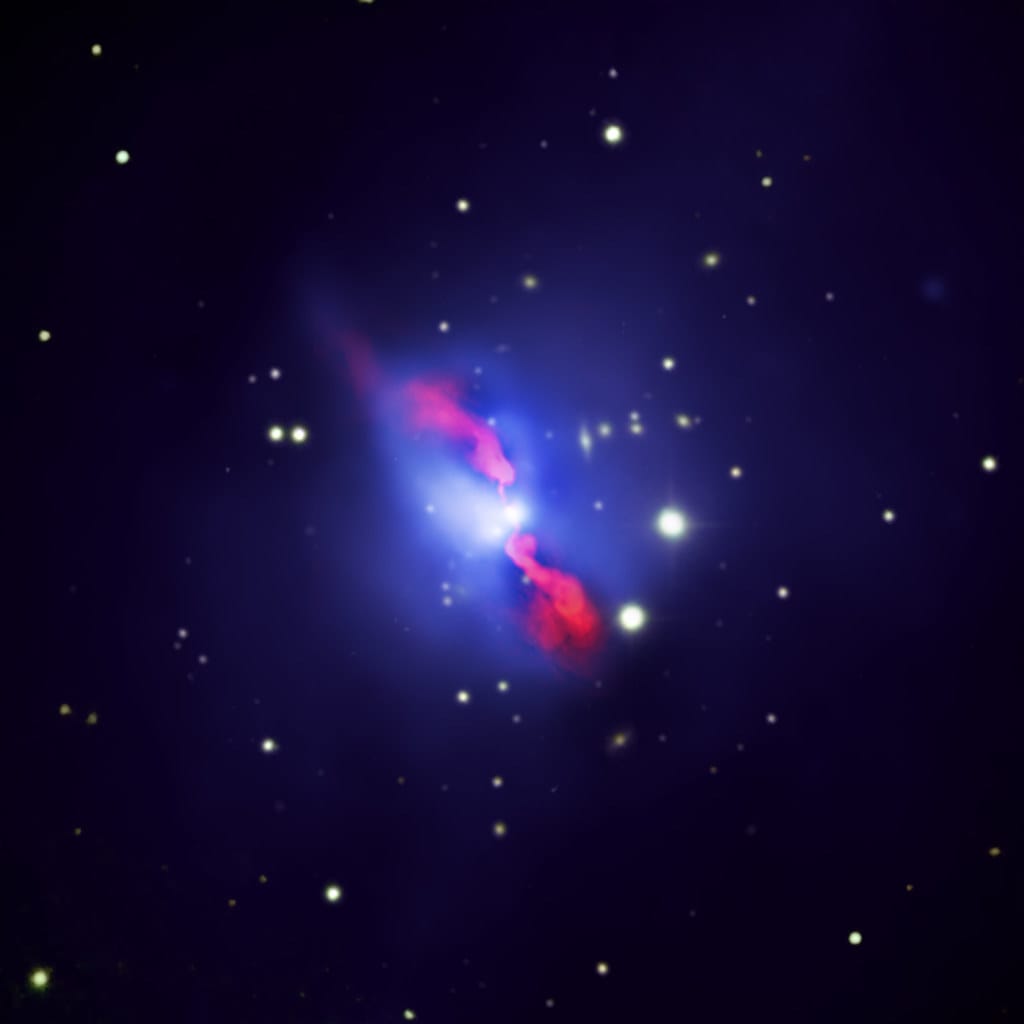Astronomers Discover Revolutionary New Type of Supernova Triggered by Black Holes
Scientists have identified a groundbreaking new category of stellar explosion that challenges our fundamental understanding of how stars die. This "black hole-triggered supernova" occurs when a massive black hole's gravitational influence causes a nearby star to explode in a spectacular cosmic fireworks display, opening an entirely new chapter in astrophysics.
A Game-Changing Discovery in Space
The discovery, published in recent astronomical journals, represents the first confirmed observation of a supernova directly caused by a black hole's gravitational manipulation of a star. Unlike traditional supernovas that occur when massive stars exhaust their nuclear fuel, these events happen when a black hole's immense gravity disrupts a star's internal structure, forcing it into a catastrophic explosion.
Dr. Sarah Chen, lead researcher at the International Space Observatory Consortium, explains: "We're witnessing something we've theorized about for decades but never actually observed. It's like watching the universe reveal one of its most closely guarded secrets."
How Black Holes Trigger Stellar Explosions
The mechanism behind these extraordinary events involves a complex gravitational dance between a black hole and its stellar victim. When a star ventures too close to a supermassive black hole—typically within a few light-years—the black hole's gravitational field begins to distort the star's shape and internal processes.
The Three-Stage Process
Stage 1: Gravitational Disruption The black hole's gravity creates massive tidal forces that stretch and compress the star, similar to how Earth's moon affects ocean tides but exponentially more powerful.
Stage 2: Internal Destabilization These gravitational stresses interfere with the star's nuclear fusion processes, causing temperature and pressure fluctuations that destabilize the stellar core.
Stage 3: Catastrophic Explosion The disrupted fusion processes create a runaway chain reaction, culminating in a supernova explosion with unique spectral signatures that distinguish it from conventional stellar deaths.
Observational Evidence and Data
The research team analyzed data from three separate events observed over the past two years using advanced space telescopes. Each explosion exhibited distinctive characteristics:
- Unusual light curves: The brightness patterns differed significantly from Type Ia and Type II supernovas
- Unique spectral signatures: Chemical elements were distributed in patterns never before recorded
- Proximity to black holes: All three events occurred within 5 light-years of confirmed supermassive black holes
The most compelling evidence came from Event designation SN-2023BH, located 847 million light-years away in the galaxy cluster Abell 2744. This explosion produced luminosity readings 40% higher than predicted for a star of its estimated mass, suggesting external gravitational forces amplified the explosion.
Implications for Astrophysics
This discovery fundamentally changes our understanding of stellar evolution and black hole behavior. Previously, astronomers classified supernovas into distinct categories based on stellar mass and composition. Now, they must consider gravitational environment as a crucial factor.
New Research Frontiers
The findings open several exciting research avenues:
- Galaxy Evolution: Understanding how black hole-triggered supernovas affect galactic chemical composition
- Black Hole Detection: Using these events as indicators to locate previously undetected black holes
- Stellar Population Studies: Reassessing how many stars in dense galactic centers might meet this fate
Technology Behind the Discovery
The breakthrough became possible through coordinated observations using NASA's James Webb Space Telescope, the European Southern Observatory's Very Large Telescope, and the upcoming Extremely Large Telescope array. These instruments provided unprecedented resolution and sensitivity to detect the subtle differences between conventional and black hole-triggered supernovas.
Machine learning algorithms also played a crucial role, analyzing thousands of astronomical observations to identify the unique signatures of these rare events.
What This Means for Future Space Exploration
Beyond pure scientific curiosity, this discovery has practical implications for future space missions and our understanding of cosmic dangers. Regions around supermassive black holes, previously thought to be stellar graveyards, may actually be sites of spectacular cosmic violence.
Looking to the Stars
This remarkable discovery reminds us that the universe continues to surprise and challenge our assumptions. As we develop more sophisticated detection methods and space-based observatories, we're likely to uncover even more exotic stellar phenomena.
The identification of black hole-triggered supernovas represents more than just a new category in astronomical textbooks—it's a testament to human ingenuity and our relentless quest to understand the cosmos. As we stand on the brink of a new era in space observation, discoveries like this illuminate the incredible complexity and beauty of our universe, one exploding star at a time.
